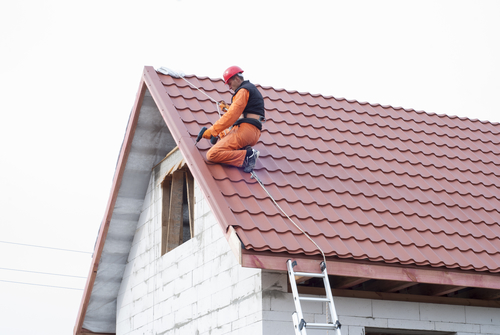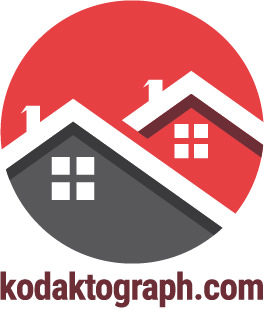When retrofitting an existing house or building a new one, choosing the type of roof is one of the most vital decisions you will make for the housing project. Apart from the practical purposes of roofs, they also play a defining role in the overall look, style and curb appeal of the house. From Gable roof to a curved roof, flat to butterfly, we’ll look at the popular for homeowners as well as popular materials such as TPO roofing, rubber membrane, and PVC.

Gable Roof
Gable roofs are also popularly known as a pitched roof or peaked roof; they are one of the most popular roof types in the country and are easily distinguished by the triangular shape.
Materials: Cedar shakes, metal, clay tiles, concrete tiles, and asphalt shingles are the suggested materials for gable roofs. If the roof has valleys and hips, asphalt or metal shingles should be used to avoid roof leaks.
Pros: This type of roof can easily shed snow or water. It’s also ideal for homeowners who want to have an attic space or a vaulted ceiling for better ventilation. The intrinsically simple and minimalist design makes gable roofs easy to construct. They are also cheaper than most type of roofs.
Cons: Homeowners who live in places prone to strong and high winds and hurricanes are not recommended to have gable roofs in their homes. First of all, if the roof frames are not correctly built and installed with sufficient supports, the roof will cave in. High and strong winds can also cause the roofing materials to get blown away from this type of roof. If there is an overhang, the winds can initiate an uplift beneath the roof causing it to detach from the support.
If a gable roof is installed in areas with high wind, then you need to be sure that the right braces accompany it. Also, after a hurricane, have your gable roof professionally inspected to check for any damages.
Flat Roof
As the name implies, flat roofs don’t have any pitch and look totally flat. However, there is a small pitch for drainage and water run-off. Flat roofs are also frequently used on commercial and industrial structures – both in low and high rainfall places. Flat roofs can provide a substantial amount of outdoor space, and many homeowners are considering to use flat roofs on their new house.
Materials: The waterproof feature of a flat roof is imperative. TPO roofing, PVC, metal sheets, tar and gravel, rubber membrane, and roll roofing are materials that are best to use for flat roofs.
TPO is a single-ply roofing coating and stands for Thermoplastic Polyolefin. It’s classified as a main chemical arrangement of the roof membrane. According to the National Roofing Contractors Association (NCRA), TPO roofing is under the thermoplastic membrane classification.
Pros: Flat roofs can provide extra space for a garden, patio, or a penthouse room. The HVAC systems can also be put on flat roofs and keep them out of sight, which is what commercial roof designs usually entail. Another pro is the ease of construction of flat roofs compared to pitched ones. Flat roofs can also keep your building costs down as they require fewer materials.
Cons: Flat roofs are more prone to water leakage due to the low pitch. Thus, this type of room is not recommended for areas with high rain and snow frequencies.
Curved Roof
A curved roof has curved planes. It has a very modern aesthetic and features a creative and unique roofing design. The curvature can either be a complete arch shape or only slightly bent.
Pros: The aesthetic appeal of curved roofs makes homes stand out from the rest. This type of roof also gives off subtle shapes and forms in the interiors of the house. It can be used to cover a single area of the house or the entirety of it. Curved roofs require an architect or a builder with a background in design to construct them. They can also be tailor-made to whatever section of the house it needs to be built for. For instance, areas with a lot of high winds need roofs with a dropped slope. On the other hand, areas that get a lot of snow and rain can have the curved roofs built with a more arch to let the water flow down better.
Cons: The price of curved roofs can get a little costly since it will depend on how intricate the design is.
Materials: Metal is best to use for curved roofs as it can be bendable into any form.

